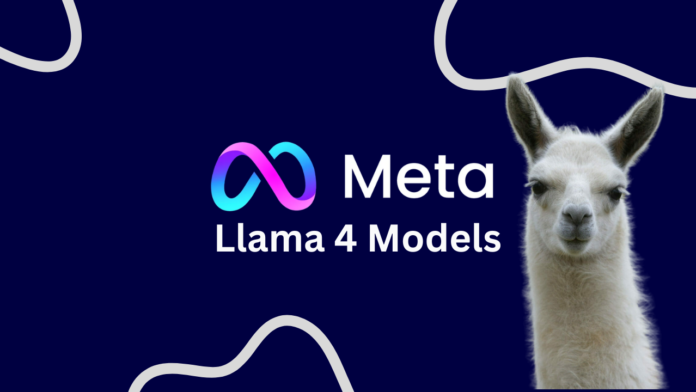Meta's Llama 4 Models Spark Momentum — and Scrutiny — for ...
VKTR brings you the AI trends, use cases, and implementations that are revolutionizing work — across industries and roles. Meta has announced its latest open-weight language models — Llama 4 Behemoth, Maverick, and Scout — each designed to push the boundaries of what open AI systems can achieve across different scales and use cases. Let's dive into what Meta's release strategy reveals about the future of open foundation models and the industries they aim to serve.

Meta's Latest Lineup of Large Language Models (LLMs)
Meta’s latest lineup of large language models (LLMs), referred to as the Llama 4 family, builds on earlier iterations with improvements in performance, scale, and deployment flexibility. The series includes three primary variants — Llama 4 Behemoth, Llama 4 Maverick, and Llama 4 Scout — each aimed at different enterprise and research needs.

While Meta has not revealed the exact parameter counts for Behemoth, independent reports suggest a substantial increase over Llama 2's top-end 70 billion parameters. Llama 4 models are offered under an open-weight licensing model that allows researchers and developers to access and deploy them under certain restrictions.
Advancements in Performance and Usability
Early impressions emphasize just how massive Llama 4’s models are compared to earlier open-weight LLMs. Independent experts are already excited about the sheer scale of Behemoth’s size and Scout’s unprecedented context length. Llama 4 delivers major enhancements over Llama 3 across core areas of performance, governance, and usability.
Architecturally, Llama 4 continues to use a Transformer backbone — the same foundational design found in models like GPT and Claude. Meta has refined how the model pays attention to information over long conversations, improving its ability to remember and reason through longer prompts or dialogues more effectively.

Language Flexibility and Multilingual Capabilities
In terms of language flexibility, Meta has expanded multilingual training, exposing Llama 4 to broader linguistic datasets and fine-tuning performance across dozens of languages. Instruction tuning and safety measures were also enhanced, making Llama 4 suitable for various tasks across different industries.
Competitive Performance and Benchmarks
Llama 4's release reflects Meta’s efforts to close the performance gap with top proprietary models in the generative AI market. In head-to-head comparisons, Llama 4 Behemoth has shown notable gains in various tasks, narrowing the quality gap observed with previous Llama generations.
.png?width=867&height=488&name=2025-04_SambaNova%2BLlama4_1600x900_v1.0%20(1).png)
Multilingual natural language processing has been a standout area for Llama 4, outperforming many proprietary models on language tasks beyond English. Market perception of Meta’s progress has been largely positive, positioning Llama 4 as a credible open-weight alternative for businesses and researchers.
Diversified Models for Different Deployment Requirements
Meta’s Llama 4 family is intentionally diversified to meet a range of deployment requirements, making it easier for businesses, researchers, and developers to select the right model for their specific needs. Each variant — Behemoth, Maverick, and Scout — has distinct strengths that were tuned for different environments and use cases.




















